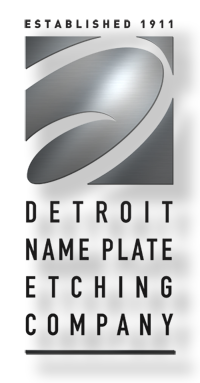Asset tags are critical for keeping track of your inventory. From company supplies to shipping to inventory, these tags help keep tabs on moving parts, tons of inventory, and more that it can be a hassle to track otherwise. They’re a fact of certain industries in the 21s century, including shipping (tracking numbers, anyone?), technology, and more.
What is an asset tag, exactly?
An asset tag is a tag with a barcode or QR code on it, used to track a parcel or company equipment. When a piece of inventory or a package moves from place to place, it’s scanned. The scan is logged in a remote computer system and then tracked. This process is similar to tracking a package. When you order something online, you often receive a tracking number. You can go to your mail carrier’s site and see in real time where it goes before it arrives in your mailbox or on your doorstep.
What do you need an asset tag for?
According to B2B software company Comparesoft, some of the many reasons to incorporate asset trackers include making keeping track of large quantities of inventory easier. If inventory’s lost or stolen, it makes recovering lost inventory easier since you know what’s missing and where it was last. Plus, if you inventory moves around a lot, having an asset tag can help you keep track of where it is.
For example, say you have a remote workforce or people who work from home on some or all working days. Usually, they have laptops they take with them to and from work. An asset tag takes a piece of inventory and makes tracking it as easy as a scan.
Asset tags can be used for more than just tracking. They’re also used to shorten the amount of information that needs to be on a piece of equipment. If you have a barcode or QR code on your equipment, all you’d need to do is scan the equipment, and serial numbers, use history, and more is available in an online database.
What material should you use for your asset tags?
Often, asset tags are made of laminated paper, adhesive paper, or plastic for packages. They’re disposable since they’re going on cardboard boxes that will be thrown out or recycled anyway. However, if you need an asset tag for a piece of equipment, you should consider plastic or metal. Both plastic and metal are longer lasting and if etched right, the barcode or QR code will last a lifetime.
How? For metal tags, the answer is simple: precise etching.
Whether your barcode or QR code is chemically etched or laser-engraved, Detroit Name Plate Etching prides itself on creating pristine etches that will stand the test of time, so you can scan your equipment’s barcodes or QR codes long after they’ve been engraved. DNPE also can make asset tags in batches for large quantity orders. So whether you have a fleet of tractors or construction tools that travel to different sites, we’re here to meet your individual needs.
Want to get started on a batch of asset tags? Contact us today and we’ll be more than happy to start an order for you!
